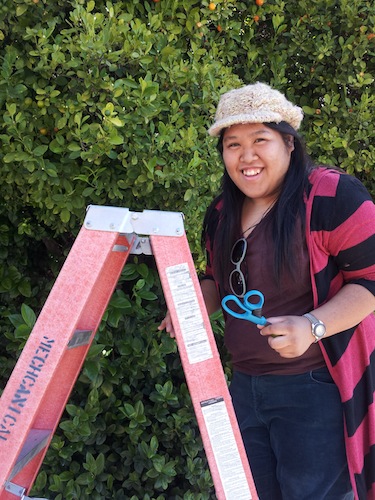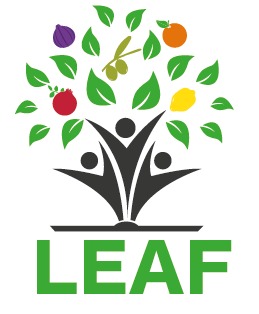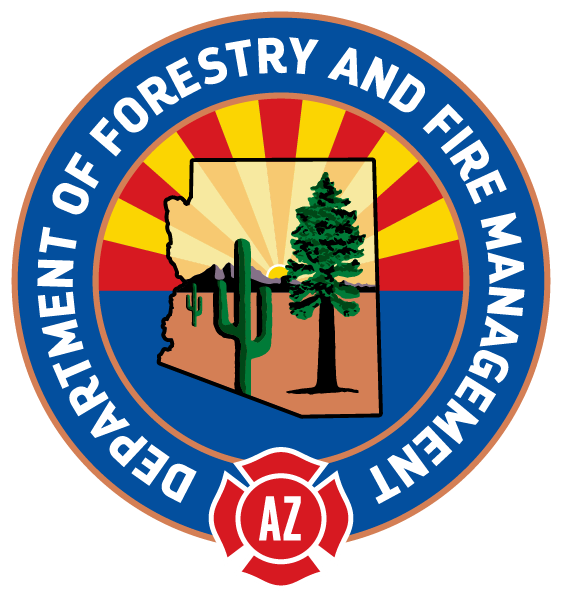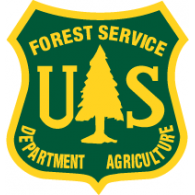Equipment and Techniques Click Here for a PDF of Equipment and Techniques Hand picking is the preferred method to harvest fruit. It is faster than picking with tools, and a twist of the wrist can properly pluck the fruit without breaking the skin. Some fruits are prone to plugging—a hole that forms in the skin of the fruit because the stem pulls away when picked. These are best removed with hand clippers when possible, and include tangerines, tangelos, calamondins, loquats and figs. Single-pole fruit pickers or telescoped double-pole pickers are equipped with baskets to catch harvested fruit. The pole pickers can gently pluck fruits, nuts and pods from trees, especially the upper canopy. Catching fruit in nets or tarps held up under the tree will help keep fruit clean, make collection easy, and prevent damage, especially when dropping fruits from heights. Poles can extend to varying lengths; however the longer the pole the harder it is to manage. Rakes with finely spaced tines can be used to harvest olives, jujubes, and the pods of mesquite, carob, ironwood and palo verde. When fruit it too high to reach from the ground or with an extended pole, ladders might be needed and must be used safely. Over-the-shoulder cloth, canvas, or plastic bags can be used to gather fruit, but are not good for storing it. Crates work well to transport large, sturdy fruit such as grapefruit. More tender fruit such as apples, jujubes and pomegranates are best harvested in boxes, buckets or flexible crates (not hard crates, which can bruise them). Plums, pears and nectarines benefit from boxes as well. Store small products like nuts in solid buckets or boxes rather than crates with openings. Delicate peaches, apricots and figs are best placed in egg cartons or partitioned boxes. Small, delicate fruits should not be piled on top of one another for storage as the weight can damage the bottom fruit. Be careful using plastic bags for temporary transport and storage as they hold moisture, can damage the fruit and can quickly lead to mold development. All fruit should be quickly chilled or stored in cool, dry places immediately after harvest to keep longer. Some fruits will keep at room temperature, but most benefit from cool storage temperatures. Seeds, nuts and pods also need to be dry or mold will develop—spread these out on screens or cookie sheets if they are not completely dry when harvested. Many nuts and pods can be stored in the freezer until processing. |
Extended pole with basket used to harvest apples high on the tree.
Scissors (or clippers) are good for harvesting one fruit at a time. |
Fruit rake with attached bag to harvest small calamondin fruit.
Fruit can be picked the old fashioned way, by hand. |
A traditional pole harvesting technique is used to gather saguaro fruit from the giant cacti. Poles are made of the “ ribs” of the saguaro cacti, collected from old fallen giants. A very small cross piece is wired to the top of the tall collecting pole. This piece is hooked over the ripe saguaro fruit at the top of the cacti, then is pulled to release the ripe fruit. People gathered around the bottom of the saguaro catch the fruit in a basket, or quickly pick it off the ground when it falls. Saguaro fruit can be dried as fruit leather, or boiled to make syrup. |
Saguaro cactus fruit being harvested with tall poles made of dried saguaro “ribs.” |
CAUTION: Never eat anything that is not properly identified. It is your responsibility to ensure that all fruits, nuts, seeds, pods and other edible products of trees and shrubs are correctly identified and safe to eat before eating them or serving them to others.
Copyright 2023
LEAF is under the fiduciary stewardship of the Arizona Community Tree Council, a 501(c)3 non-profit organization.
70 S Val Vista Drive, Suite A3-186, Gilbert, AZ 85296








